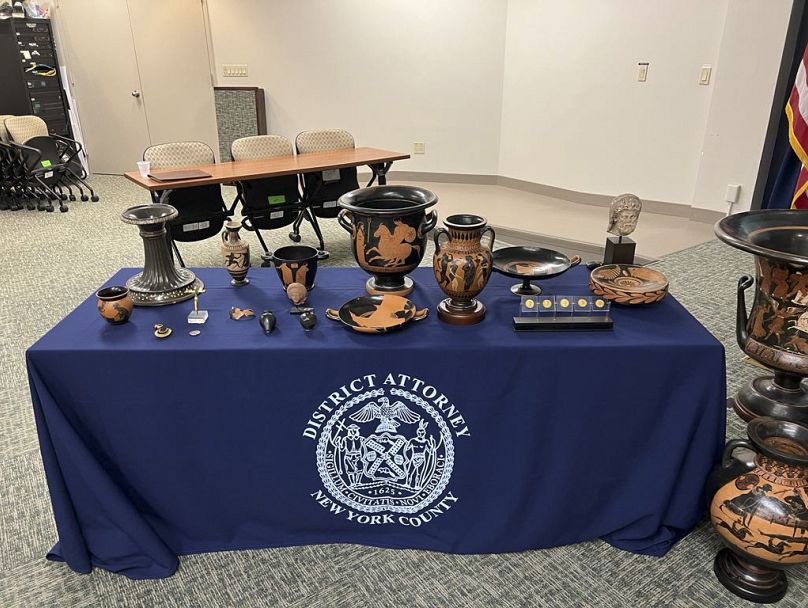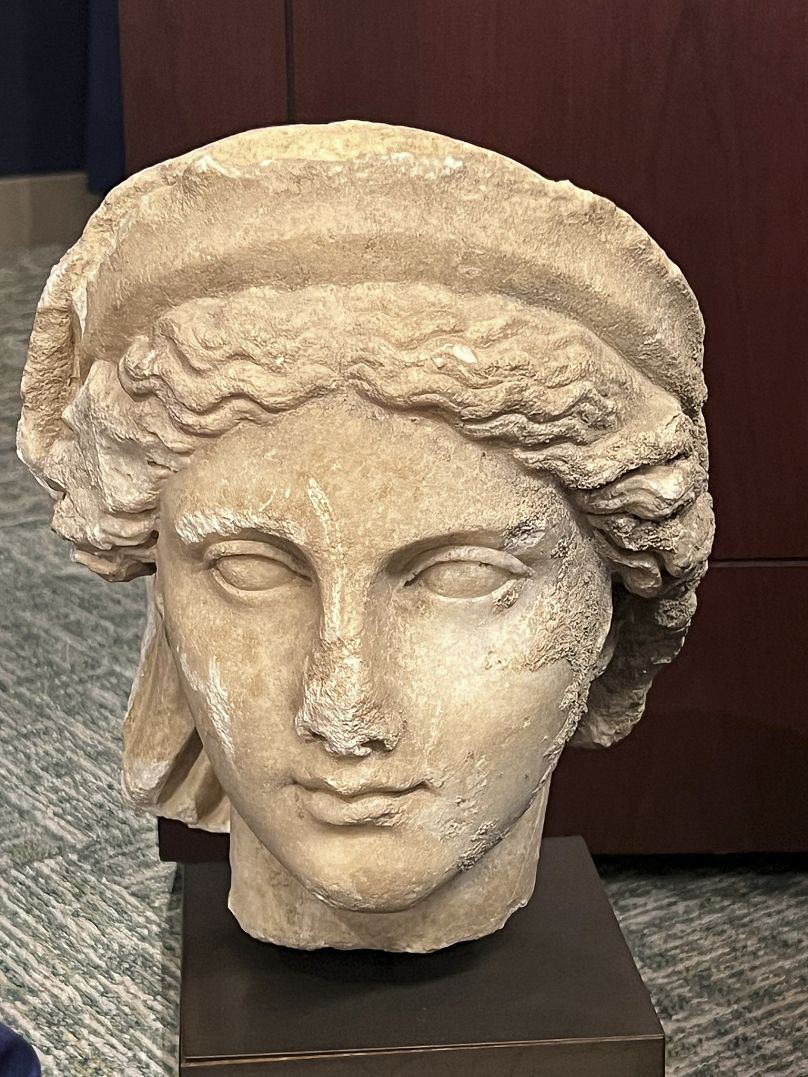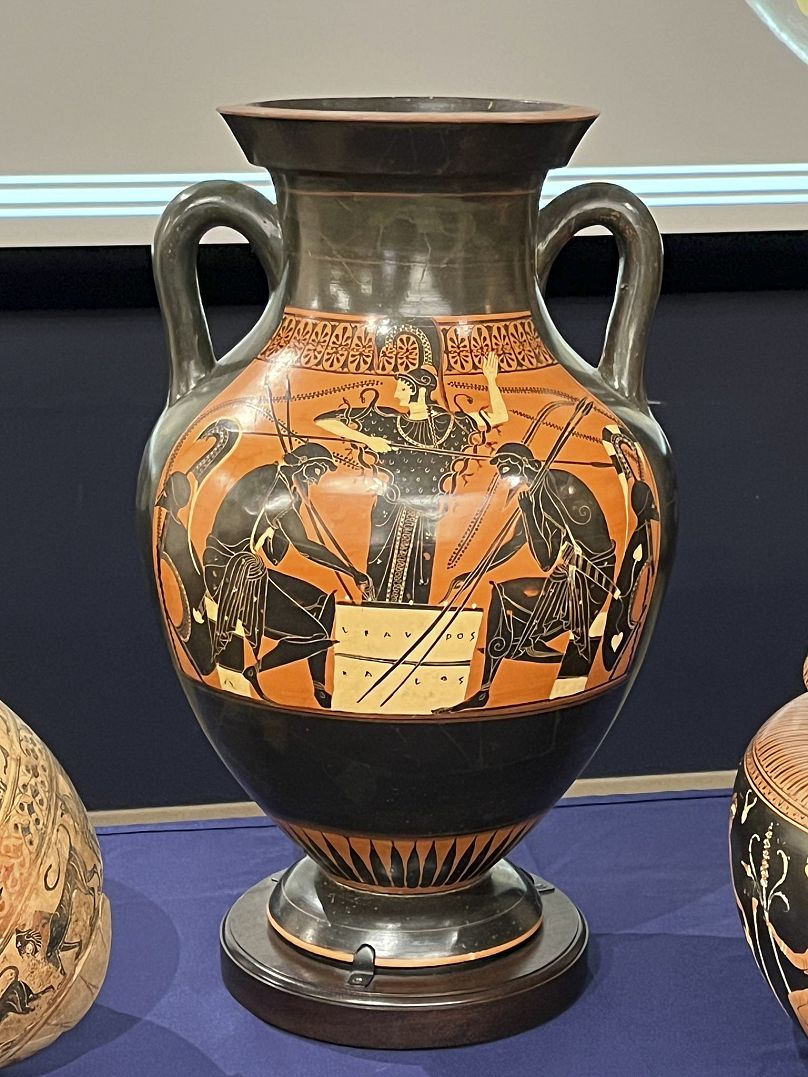Among the looted items are works from the periods of the Etruscan civilisation, Magna Graecia, and Imperial Rome, with the oldest ones dating back to the ninth century B.C.
Italy is celebrating the restitution of 266 valuable antiquities from the United States, a collection encompassing Etruscan vases and ancient Roman coins and mosaics with an estimated value in the tens of millions of euros.
These artefacts had been illicitly looted and subsequently traded to US museums and private collectors in the late 1990s, by a network of smuggles.
Among the returned items are pieces recently confiscated in New York from a storage unit linked to British antiquities dealer Robin Symes, as confirmed by officials.
Additionally, the collection that arrived in Rome included 65 objects that were offered to Houston's Menil Collection by a collector but were declined.
The art unit of Italy’s Carabinieri paramilitary police said the owner of the collection “spontaneously” gave back the items after investigators determined they had come from clandestine excavations of archaeological sites, according to a carabinieri statement.
While the carabinieri said the works had been part of the Menil Collection, the museum said they never were.
The museum said a collector approached the museum in 2022 about making a gift of the artefacts, but the museum curator directed the collector to the Italian culture minister, “who alerted the museum that Italy was claiming the objects.”
A decades long pursuit
Italy has been on a decades-long campaign to recover antiquities that were looted by “tombaroli,” or tomb raiders, and then sold to private collectors and museums in the US and beyond.
Some of the items were handed over to Italian authorities at the offices of the Manhattan district attorney, Alvin Bragg.
Bragg’s office said they included an Apulian krater, or vase, dating from 335 B.C. that was seized in July from a private collection in New York.
The vase had been photographed and included in the famous Polaroid “archive” of dealer Giacomo Medici, who passed it onto Symes, who then “laundered the piece through Sotheby’s London,” Bragg’s office alleged.
Other items within the returned assortment were two Etruscan tile paintings originating from Cerveteri, a frequently targeted necropolis site northwest of Rome, dating back to 440 B.C.
According to Bragg’s office, the tiles were looted in the 1980s and ended up with Symes, who sold them to noted New York collectors Shelby White and Leon Levy in 1992 for $1.6 million (€1.85 million). The pair returned the tiles to Symes before 1999 “after questions about their illicit origins were raised by multiple scholars,” the statement said.
The objects remained in Symes’ New York storage unit until they were seized in March, the statement added.
In May, before Italy reclaimed the initial trove of 750 objects, Symes' lawyers, Antonella Anselmo and Giuliano Lemme, said the return was the result of an agreement between the British dealer and the Italian Culture Ministry following “years of complex negotiations and legal proceedings.”
“Under the agreement, hundreds of archaeological finds of great cultural value, which are assumed to have been illegally exported, will return to Italy, where they will be destined for public use,” the lawyers said in statement released on 11 May.














